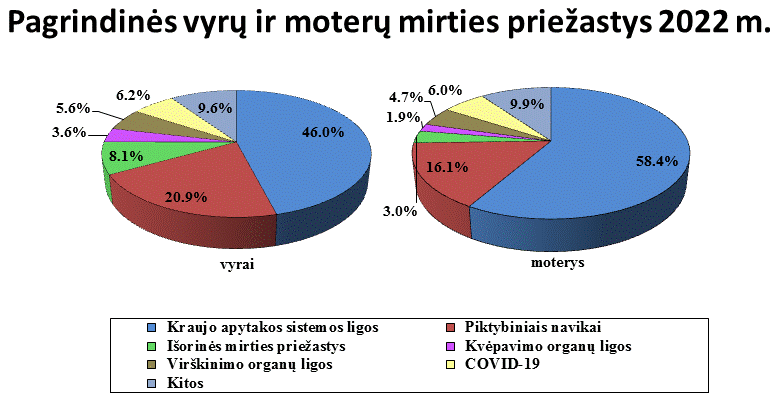Cardio training – how much and why?

As many people already know, cardio training is strongly related to factors such as oxygen debt, high pulse rate, weight loss etc. Cardio itself is an abbreviation for cardiorespiratory, so this type of exercise focuses mainly on the cardiovascular and respiratory systems. I have no doubt that you only associate cardio with the treadmill and cycling, but cardio is any aerobic activity that can raise the pulse rate to about 60% of the maximum possible pulse rate. That is to say, even when walking fast, it is likely that a less fit person will have a pulse rate of over 120 or even 130 min / and we can emphasise that he is doing a cardio workout.
Benefits of cardio training
As everyone ‘ s fitness, and especially aerobic capacity, is different, cardio training can be very varied and the best way to measure the benefits of your cardio training is to monitor your pulse rate , both during and after your workout. What determines the effectiveness of a cardio workout? There are two key factors that influence performance.
| When lifting weights, we can measure intensity in kilograms on the barbell. We can measure the intensity of pedalling a bicycle in terms of speed. During regular cardio training (especially group training), attention should be paid to pulse rate. The safest and most effective fat burning zone for the body and the limit for cardio training is 60% – 80% of the maximum pulse rate – you don’t really need a higher intensity unless you are a professional athlete or you want to try to fatigue your body. As we know, the more intense the workout is, the more effective it is and the more calories you will burn, but it requires not only more effort, but also the right level of fitness. We would therefore recommend that you start with light workouts that do not cause major recovery problems. | The duration of aerobic training is highly dependent on the intensity. You can read about the recommended workout intervals for different training intensities in the following articles – low intensity and medium, high intensity. Not everyone has enough time for cardio, but I would recommend at least 30 – 60 minutes, preferably on days that are free from other training (e.g. strength training). Even the World Health Organisation (WHO) recommends that adults should do at least 150-300 minutes of moderate-intensity aerobic activity every week. This is approximately 30 – 60 minutes. 5 days a week. |
Let’s move on to some more pleasant facts for those who do regular aerobic exercise. Cardio training has many benefits for our body, but I would like to briefly discuss the most important ones.

- Strengthens the cardiovascular system. Aerobic exercise is perhaps the most effective means of improving functional performance. If we look at Figure 1, where the WHO lists the causes of most deaths, we can see that a very large number of them are particularly related to the cardiovascular system and that the benefits of aerobic activity should not really be questioned any further.
- Helps you lose weight. The main reason why many people choose cardio training is to burn calories and fat. 1 hr. Walking can burn 200 – 300 kcal, while a 30-minute high-intensity workout can burn around 400 kcal , so it’s a really good way to burn calories. But don ‘t forget strength training , it ‘ s definitely not a worse way to burn calories.
- Strengthens the immune system. We have heard many timesthat people who exercise are less likely to be ill and more resistant to disease. Regular moderate aerobic exercise or training increases the level of certain antibodies in the blood – immunoglobulins, which boost immunity. In other words, immunoglobulin levels reflect the state of the immune system.

Yet cardio workouts can improve your sleep quality, mood, mental performance, lower blood pressure, help regulate blood sugar levels. However, most of these factors depend on the type of training you choose and how you do it – not forgetting the human factor and psychological factors. If you do a very hard workout, if you overexert yourself, it is unlikely that your mood and mental performance will improve. Therefore, I would recommend that you distribute the workload sensibly. Why is cardio training so popular? In addition to these physiological reasons , there are several other reasons why cardio is not only such a popular form of exercise, but also has advantages over , for example, lifting weights and other sports. Cardio training is safer for the vast majority of people. Of course, when it comes to low-intensity aerobic exercise, it is much more effective and beneficial for a specific group of people than other forms of exercise. Moreover, cardio training is much more accessible – often requiring little or no inventory and, in many cases, do not require any financial investment, making them easy to implement.

